AppleInsider · Kasper's Automated Slave
About
- Username
- AppleInsider
- Joined
- Visits
- 52
- Last Active
- Roles
- administrator
- Points
- 10,952
- Badges
- 1
- Posts
- 66,634
Reactions
-
Trump's tariffs could drive up iPhone prices by about 10%
Estimating the cost to Apple of paying President Trump's import tariffs, Bank of America believes that a 9% price hike for the iPhone and all other devices, would prevent losses.
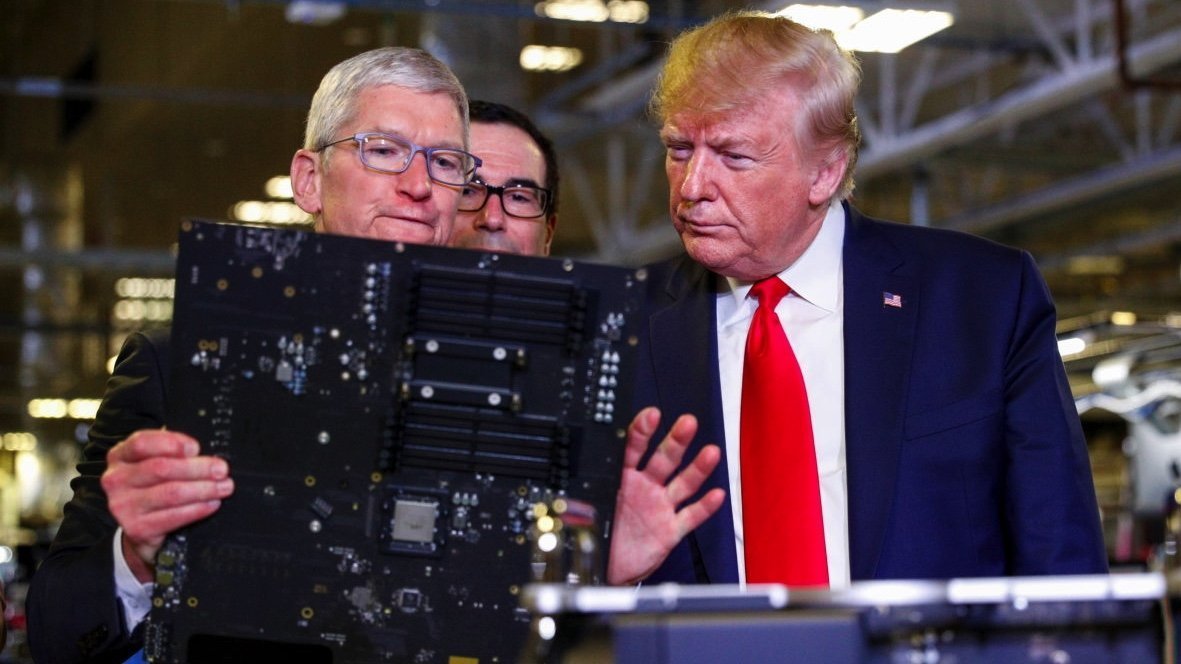
Apple CEO Tim Cook [left] with Donald Trump [right] at a Mac Pro factory
It's a fiction that other countries will pay tariffs, as instead all such costs will always be borne by US companies. In the case of Apple, it has previously earned an exemption -- though not consistently -- and it has tried to reduce the impact of tariffs by moving manufacturing to different countries.
According to CNBC, this time that spreading of the manufacturing around various locations is not going to help. Bank of America now estimates that whatever Apple does with manufacturing, and wherever it does it, the company will face a minimum of a 10% tariff.
In the short term, Apple could absorb that cost and may well chose to rather than raise prices. Once a customer goes to Android because of the price, it is that much harder to get them back to the iPhone.
Should Apple simply pay the tariffs and take that hit itself, the Bank of America calculates that it would face a loss of 26 cents in earnings per share. That equates to a drop of around 3% across calendar year 2026.
One option is for Apple to increase prices, but not enough to cover its tariff costs. Bank of America says that if, for instance, it raised prices by 3%, that would mean a 2.4% slide and a per-share earnings drop of 21 cents.
The calculation is based on both the tariffs expected to affect goods or components made in various countries, and an estimate of how higher prices would mean lower sales.
If Apple passes on its increased costs to buyers, and sales decrease, Bank of America estimates that the company would need to raise prices by 9%.
As yet, it's not known what Apple will do, beyond presumably continuing to lobby for exemptions. But Bank of America analyst Wamsi Mohan says that the tariffs seem "manageable."
Read on AppleInsider


-
iPhone 16e doesn't have MagSafe
The iPhone 16e appears on the surface to be an excellent addition -- assuming you don't want to use MagSafe charging or accessories.
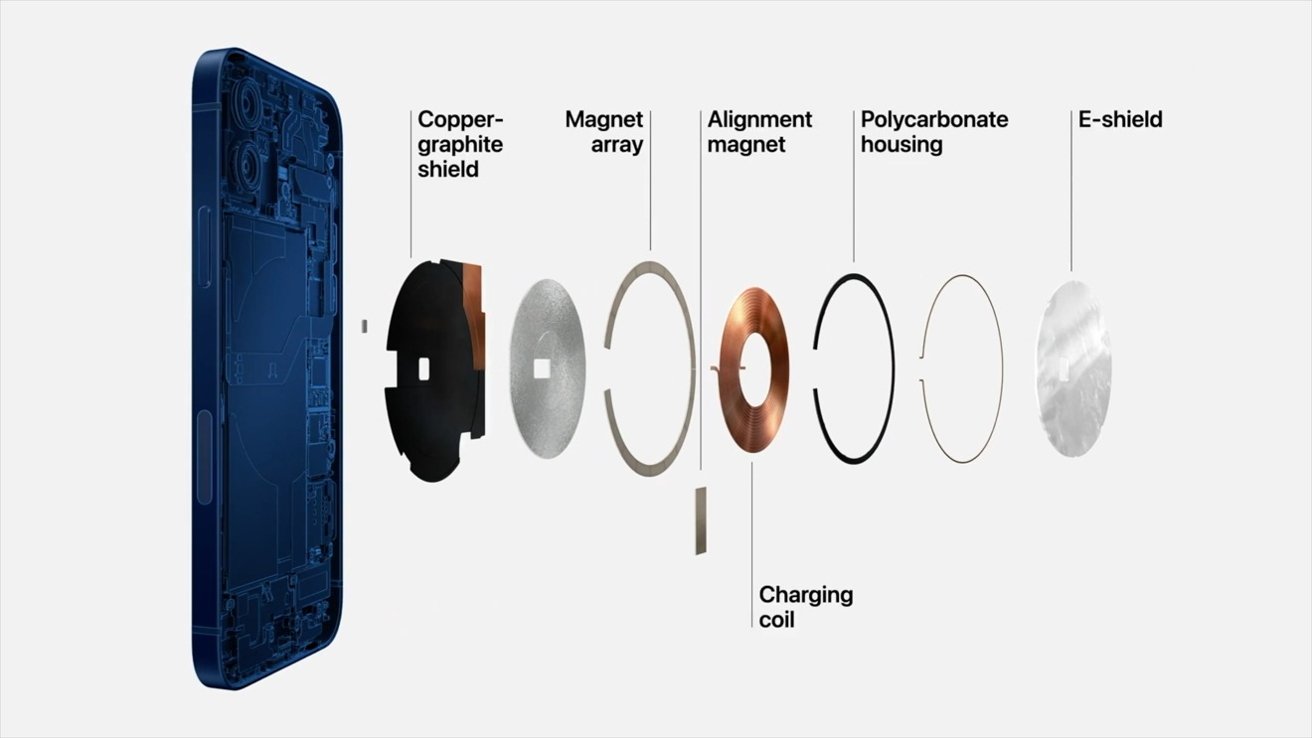
How Apple's MagSafe works
It's an interesting omission -- while the iPhone 16e has Qi wireless charging, it lacks the magnet ring for MagSafe accessories. Practically, that means that old-style car mounts are the order of the day.
For those not familiar, MagSafe appeared with the iPhone 12 family. It is the combination of a mounting system and a charging system. Apple started with its Qi wireless charging coil and added several new components to create a proprietary type of wireless charging as well as allow the mounting of different accessories.
Practically, this allows for improved MagSafe wireless charging, and precision alignment for wireless charging. There are also a wealth of accessories going beyond charging, and including SSDs, camera grips, speakers, and more.
We expect third-party cases to add a magnet ring to sort-of restore the functionality to the iPhone 16e.
But for now, that rudimentary stand without magnets is probably the order of the day.
Read on AppleInsider
-
Sorry, Netflix support isn't coming to the Apple TV app
As quickly as it came, support for Netflix in the Apple TV app has been removed, and it turns out it wasn't supposed to exist at all.
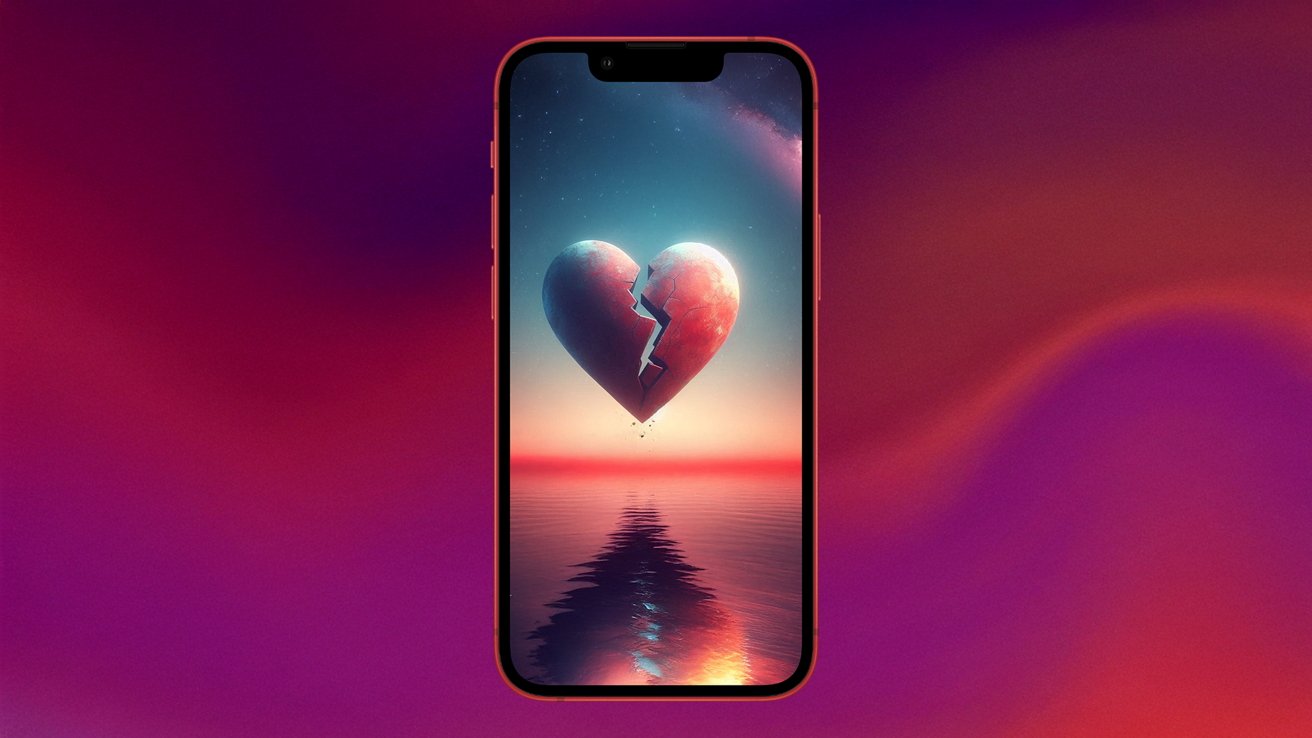
Netflix confirms Apple TV app integration was just a bug
Earlier we saw what appeared Valentine's Day truce between Netflix and Apple, but unfortunately, that isn't the case.
On Friday morning, US Netflix subscribers were prompted to connect their Netflix account to the Apple TV app. For a short time, Netflix series such as "Squid Game" are showing up in the Apple TV app's Watchlist and Continue Watching sections.
However, it didn't seem to last long, leaving many wondering if the feature was actively being tested for later rollout. We've since learned that wasn't the case.
A Netflix spokesperson told The Verge that Netflix's participation in the Apple TV app was an error. It has, since then, been rolled back.
So, at least for now, it looks like you'll have to keep using the Netflix app. And don't expect Netflix to be cozying up to Apple, or anyone else, anytime soon.
Read on AppleInsider
-
Apple Vision Pro's new NBA 3D games are just the start of something greater
The NBA's 3D tabletop mode for Apple Vision Pro is an early glimpse at how mixed reality could reshape sports, concerts, museums, and education.
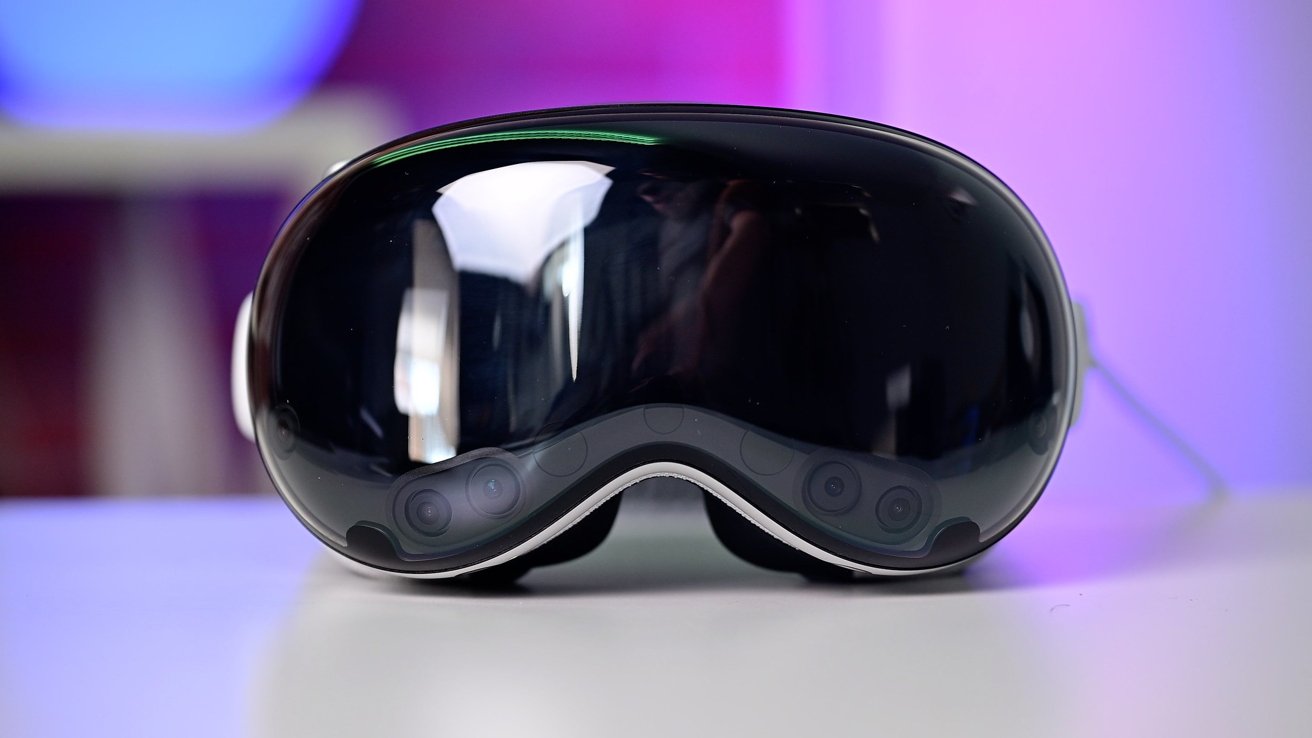
Apple Vision Pro
The update brings a 3D, diorama-style court to the NBA app, giving viewers a miniature, real-time look at the action alongside the standard 2D livestream. While the main broadcast stays the same, the added perspective makes the game feel more immersive.
Powered by motion capture technology from NBA arenas, the feature has a slight delay -- around half a second -- compared to the live feed, according to Upload.
For now, the tabletop view is only available for select games each night, but the NBA plans to roll it out for all League Pass games next season. Like other premium features in the app, it requires an NBA League Pass subscription, which starts at $15 per month.What's next for mixed reality?
Even for someone who isn't really into sports, I think tabletop mode is pretty cool. It adds a new level of engagement that might appeal to people who wouldn't usually watch an entire game.
NBA tabletop view for basketball. Image credit: Upload
The NBA's approach opens the door for other sports to experiment with similar technology. Hockey could display a 3D rink with real-time player positioning, shot trajectories, and puck movement heatmaps.
Baseball could showcase pitch trajectories, defensive shifts, and exit velocities in a way that makes analytics more engaging. MLB is already trying this now, but looking at an entire play in 3D might bring excitement to the game that MLB itself says is lacking.
For the Olympics, spatial computing could offer unique perspectives across events. Gymnastics and diving could feature slow-motion 3D replays, while swimming could give an underwater view of the athletes.
But there's a lot of opportunities for this kind of mixed-reality experience beyond sports.
Imagine concerts with a 3D stage showing real-time band movements, allowing you to view performances from any angle. Major artists like Coldplay and Billie Eilish have experimented with immersive visuals, using AR elements in live shows.
Bands could stream captures of their performances, letting Apple Vision Pro fans to place a miniature stage in their space and move around it as if they were at the venue.
Platforms like Wave have hosted virtual concerts with real-time performer avatars.
Museums and historical sites can use similar technology to recreate ancient cities or battles. For example, the Harvard Museum of the Ancient Near East launched an AR app that animates Assyrian palace reliefs with accurate colors and sounds.
In film, Apple TV+ debuted Submerged in 2024 that brings submarine warfare into mixed reality. Instead of watching passively, viewers experience the film as if they're inside a submarine, surrounded by the deep sea and the looming threat of enemy vessels.
And we've already seen how Apple Vision Pro has been helpful for surgeons.
It reminds me of the concept tech videos I was watching over a decade ago, with futuristic depictions of smartphones, tablets, and virtual reality. If Apple wants Vision Pro technology to become mainstream, it will need to make it cheaper and smaller.
No one is going to wear a VR headset like Apple Vision Pro at a concert. But if the laws of physics allow the computation to fit into eyeglasses, I think that will be the moment when a second, digital layer of reality will become part of daily life.
Read on AppleInsider
-
Apple is once again advertising on X, more than a year after stopping all ads on the platf...
Apple is once again running ads on the social media platform X, after the company previously stopped all advertising on the website due to the presence of objectionable content on it.
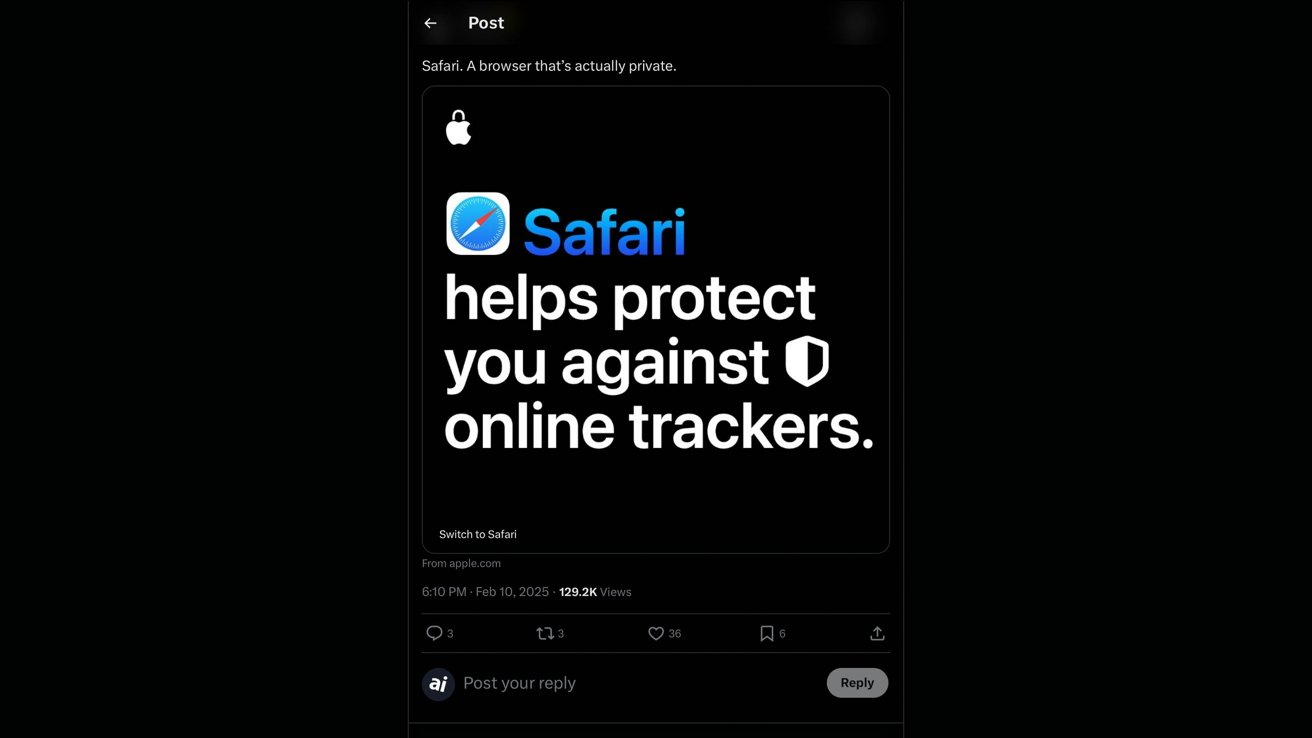
Apple has seemingly resumed advertising on X.
The iPhone maker hasn't marketed its products and services on X, formerly known as Twitter, since November 2023, but all of that seemingly changed on Tuesday. New advertisements have appeared on the website, following a January 2025 report that indicated the company was looking to resume its marketing efforts on X, which turned out to be true.
One of the ads recently posted by Apple promotes the privacy features of the Safari web browser, emphasizing that it helps protect users against online trackers. "A browser that's actually private," the advertisement reads.
Apple's initial decision to pause X advertising was made due to concerns regarding some of the statements and comments made by the platform's CEO, Elon Musk, particularly because he promoted and interacted with an arguably hateful post directed towards the Jewish community in the United States.
Naturally, there was immediate pushback from the platform's users, who quickly turned to alternative websites and apps such as Bluesky, Threads, and Mastodon. It's also why select tech companies, including Apple, ceased all advertising on X. In both instances, the fear was that their content would appear alongside posts with discriminatory, racist, homophobic, or otherwise objectionable content from self-proclaimed Neo-Nazis or alt-right accounts.
Musk's apparent desire for "free speech" meant that the social media platform experienced an increase in right-wing and even discriminatory content ever since he took control. Under Musk's control, users are often able to post overtly sexist, racist, and extremist content, even expressing admiration for figures such as Hitler in some instances due to limited moderation.
The CEO himself has repeatedly made claims of alleged racism towards white people and believes that hordes of illegal immigrants are ruining the United States, among other things, making him a controversial figure at the very least.
In 2023, Apple was able to distance itself from Musk's comments by promptly shutting down all advertising on X. The situation has since changed dramatically, however, as Musk is now in charge of the so-called "Department of Government Efficiency," which operates outside of the federal government but still reports to President Trump.
This means that Musk ultimately has much more influence, being more than the CEO of a social media platform, even though he is not an elected official.
Given Musk's apparent role under the Trump administration, it makes sense that Apple would attempt to reconcile in some way. Apple's CEO Tim Cook has attended dinners with President Trump, and even donated $1 million of his own money to the inauguration.
Musk was reportedly present during some of these interactions, so it's possible that there were discussions of resuming advertising on X.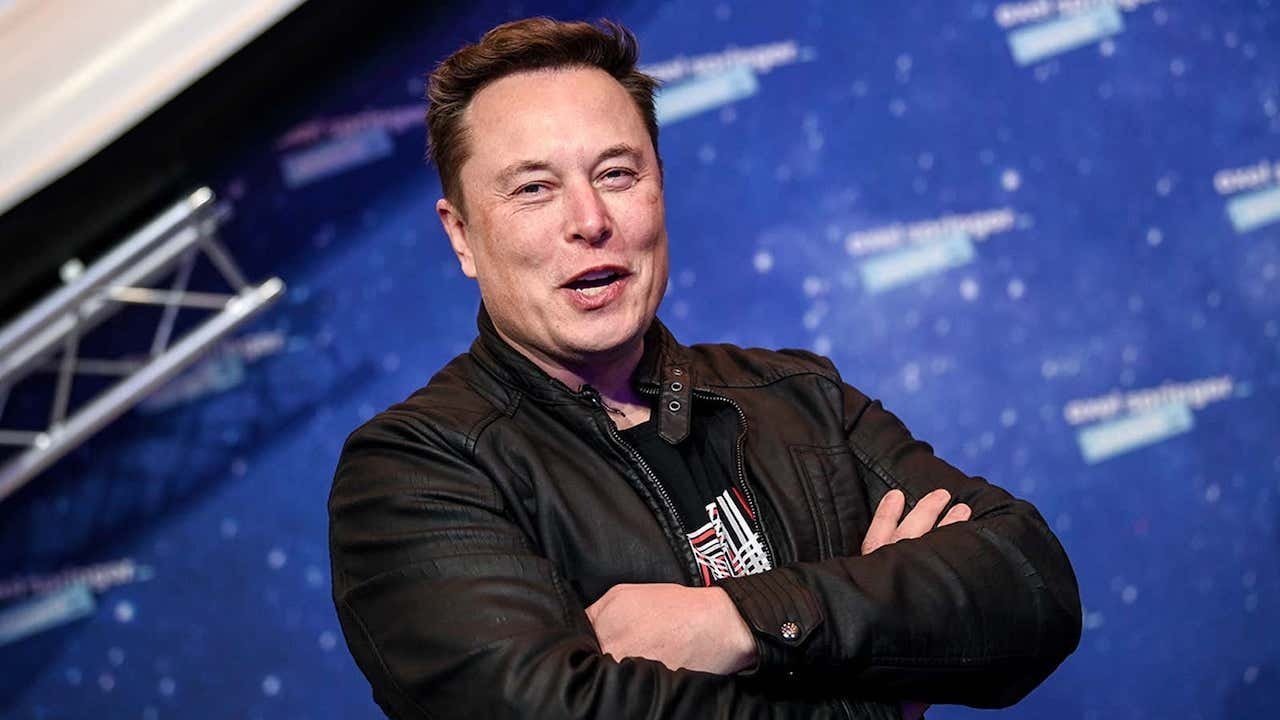
Apple is likely introducing X ads to appease Elon Musk because of his newfound political importance.
Tim Cook already has an established strategy for dealing with Donald Trump, where conversations typically focus on a singular issue that affects Apple. It seems that Apple now has to find ways of appeasing Elon Musk as well, presumably due to his newfound importance.
This is likely the only logical explanation as to why Tim Cook, an openly gay man, would choose to interact with someone like Musk, who has repeatedly shared anti-LGBT content on his platform.
Advertising on X, with the associated implications and consequences, is likely significant enough for Apple and Tim Cook to overlook some of Musk's arguably questionable antics. It's possibly all part of a larger move to gain the favor of the Trump administration, its allies, and Republican lawmakers.
The iPhone maker recently renamed the Gulf of Mexico to the Gulf of America in Apple Maps, following an executive order signed by President Trump on January 20, 2025.
It's not entirely clear if Apple's made a genuine commitment, though, or if the company is merely experimenting with X ads. The company's advertising posts have relatively low engagement levels, with the Safari advert only reaching around 129 thousand views -- a minuscule amount compared to the millions of Apple users worldwide.
Though Apple maintains a presence on X via its official accounts, and through the accounts of its executives, it remains to be seen whether or not the iPhone maker will increase or decrease its advertising efforts on the platform, or if it will revert to its previous position. Outside influences seem to be playing a part beyond simply wanting to show ads to users.
Read on AppleInsider


